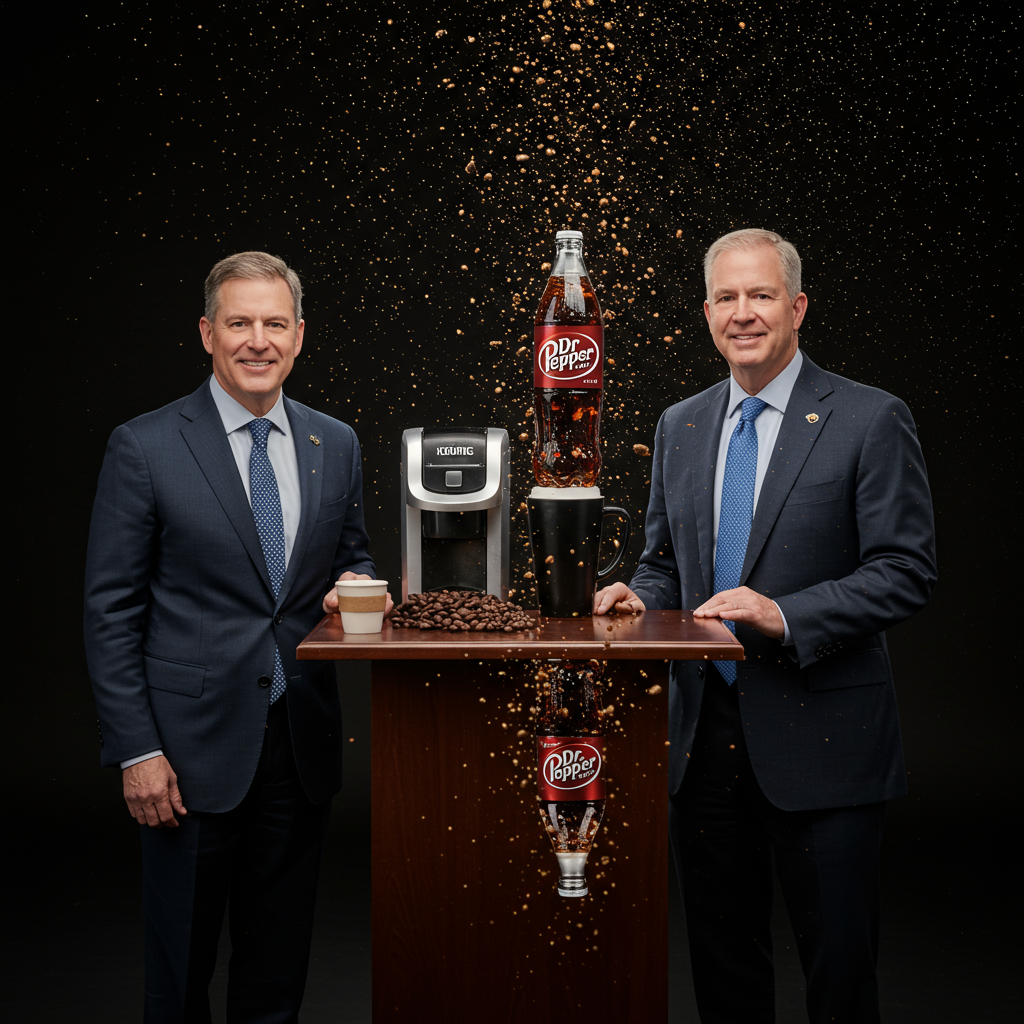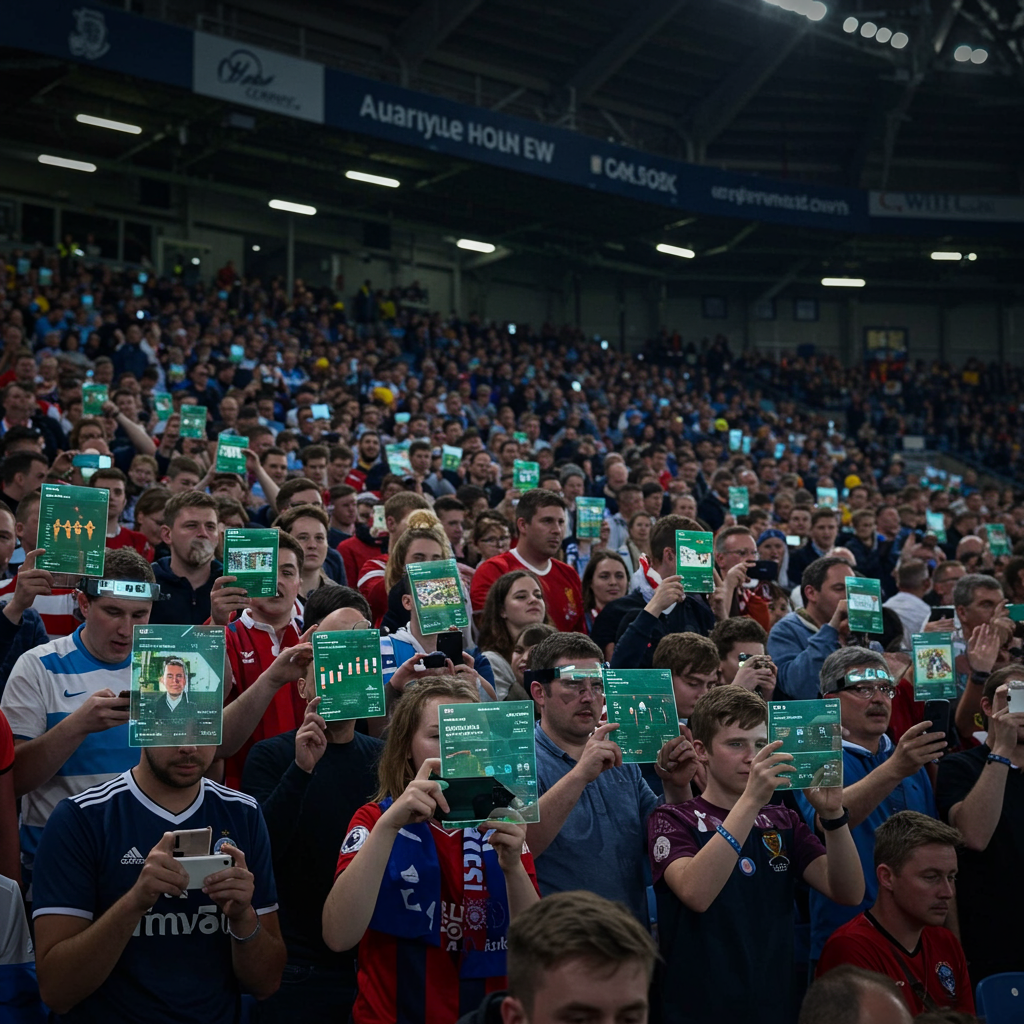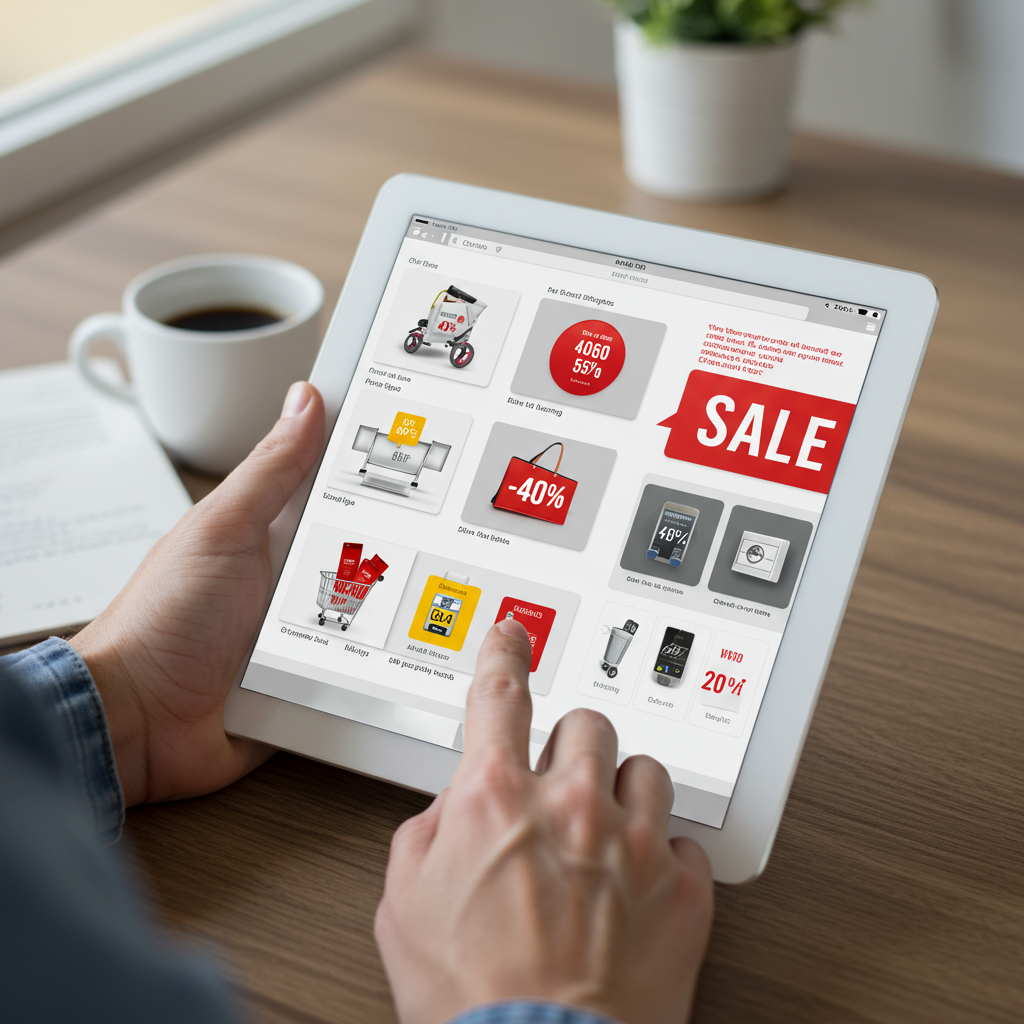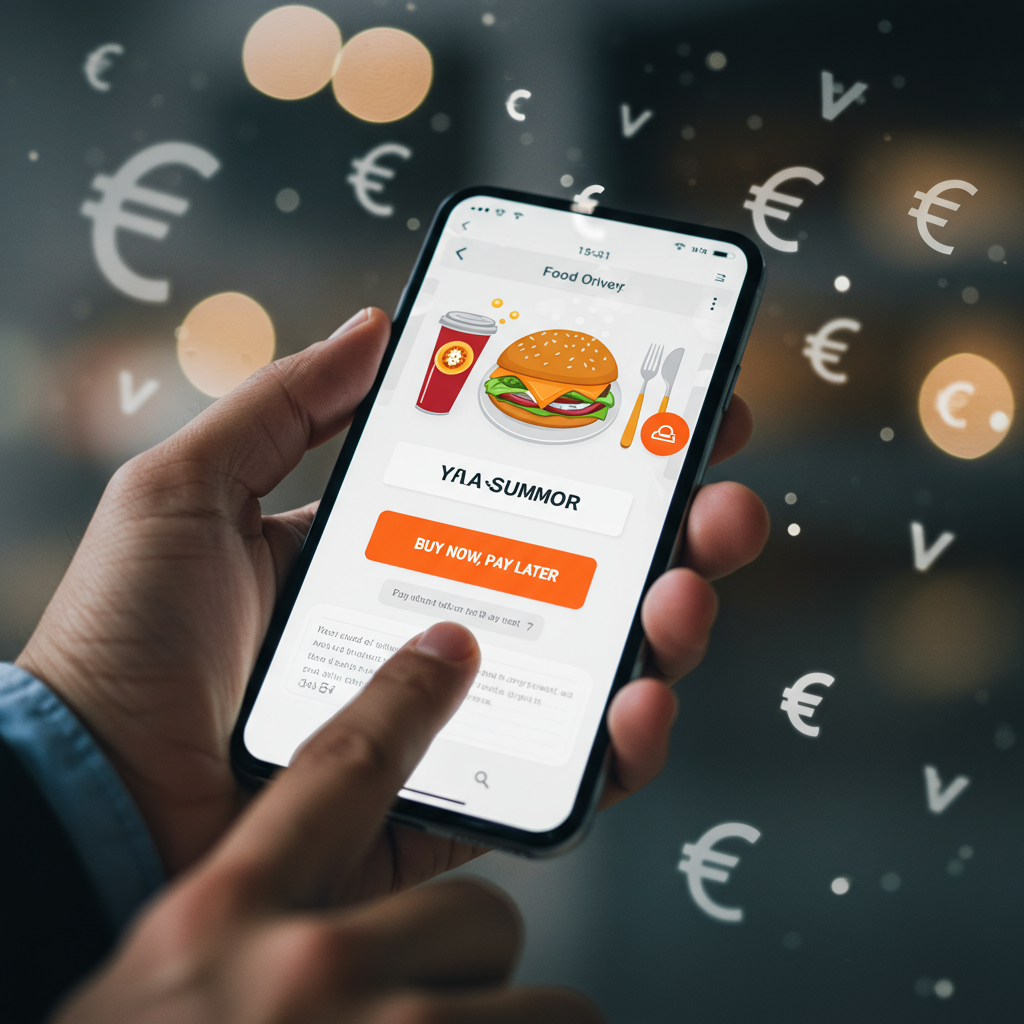The beverage industry is buzzing following a groundbreaking announcement from Keurig Dr Pepper (KDP). The company is set to acquire JDE Peet’s for a staggering $18 billion. This significant move will trigger a complete unwinding of KDP’s 2018 merger. The outcome? Two entirely separate, publicly traded entities. One will dominate the global coffee market, while the other will focus on cold beverages. This strategic pivot aims to ignite growth and sharpen market focus, sending ripples throughout the entire food and drink sector.
The Bold Unwinding: A Strategic Divorce
Less than a decade after their initial combination, Keurig and Dr Pepper are set to embark on separate paths once more. KDP’s decision to divide itself stems from a desire for greater agility. CEO Timothy Cofer emphasized that this separation will create businesses “more nimble” and “better able to focus on growth opportunities” within their specific markets. Each new company will boast operating models “finely calibrated” to its unique category.
The announcement, made on August 25, 2025, sent immediate signals to investors. Keurig Dr Pepper’s shares experienced a notable drop, fluctuating between 7% and 11% in early trading. S&P Global also placed the company on a credit watch with negative implications. This reflected concerns over increased debt and the intricate nature of the two-step transaction. Despite these initial reactions, the leadership views this as a “transformational moment” for the beverage sector.
Why Now? Unpacking the Rationale
This bold step isn’t just about unwinding a merger; it’s a proactive response to evolving consumer demands and market dynamics. The 2018 merger aimed to create a diversified giant, offering everything from morning coffee to evening sodas. However, the market has shifted dramatically. While global coffee consumption remains robust, the traditional soft drink market faces headwinds from health-conscious consumers. This strategic split allows each segment to pursue tailored growth strategies. It also provides distinct capital allocation paths, potentially unlocking greater shareholder value.
Forging a Global Coffee Powerhouse
Central to this restructuring is KDP’s $18 billion acquisition of JDE Peet’s. This Amsterdam-based coffee and tea giant brings an impressive global portfolio. Brands like L’OR, Jacobs, Douwe Egberts, Kenco, Pilao, OldTown, Super, and Moccona will now join Keurig’s well-established North American presence.
Expanding Coffee’s Global Footprint
This acquisition will significantly expand Keurig’s reach far beyond its North American single-serve coffee machine stronghold. The combined coffee business is projected to generate a massive $16 billion in annual net sales. Its sales distribution is anticipated to be 40% from North America, 40% from Europe, and 20% from emerging markets. This scale positions the new coffee entity as a formidable competitor against global players like Nestle and Starbucks.
Capitalizing on Ubiquitous Coffee Trends
The rationale for bolstering the coffee segment is clear: the category is “huge” and “ubiquitous.” CEO Cofer highlighted coffee’s consistent volume growth, outpacing global population growth. This strategic consolidation aims to enhance buying power and competitiveness, especially critical amidst fluctuating coffee prices. The new, larger coffee entity is also better positioned to cushion the financial impact of external factors. This includes U.S. tariffs, such as the 50% tariff imposed on Brazilian coffee imports by the Trump administration, a significant consideration for the world’s leading coffee producer.
Re-energizing the Cold Beverage Market
While the coffee business expands globally, the cold beverage arm focuses on its core strengths. This newly independent company will manage KDP’s iconic cold drink brands. These include Snapple, Dr Pepper, and 7UP. It will target an impressive $11 billion in annual sales, primarily within the U.S. and Mexico.
Pivoting from Traditional Soft Drinks
Sales of traditional soft drinks have been slowing as consumers increasingly seek healthier alternatives. The separate cold beverage company can now pivot more effectively towards faster-growing segments. This includes the booming energy drink market, featuring brands like Ghost, Bloom, and C4 Energy. Hydration beverages, such as Electrolit, also represent a key growth area. KDP’s beverage operations have already shown robust growth, reporting nearly 11% year-on-year growth in U.S. beverage sales last quarter. This demonstrates strong momentum in these evolving categories.
Leadership and Operational Outlook
The ambitious restructuring also brings a new leadership configuration. Timothy Cofer, KDP’s current CEO, will transition to lead the cold beverage business. This new entity will establish its headquarters in Frisco, Texas. Sudhanshu Priyadarshi, currently KDP’s Chief Financial Officer, will take the helm of the coffee business. Its primary office will be located in Burlington, Massachusetts, with an international headquarters in Amsterdam.
Anticipated Synergies and Timeline
The company anticipates significant financial benefits from this re-organization. Approximately $400 million in cost savings are projected over three years. The entire transaction, encompassing both the acquisition and subsequent split, is expected to close in the first half of 2026. This timeline allows for a careful and strategic transition into two distinct, focused enterprises. This move underscores KDP’s commitment to long-term operational efficiency and sustained growth.
Broader Industry Implications: A Trend of Transformation
Keurig Dr Pepper’s strategic split isn’t an isolated event. It reflects a much broader trend reshaping the entire food and beverage industry. Companies are actively reorganizing to adapt to rapidly evolving consumer preferences and market pressures. In 2023, Kellogg Co. famously split into two independent companies. Mars acquired Kellanova, owner of snack brands like Pringles, last year. Italian confectioner Ferrero recently announced plans to buy WK Kellogg, the cereal company.
This wave of divestitures, mergers, and acquisitions highlights a critical industry-wide shift. Companies are streamlining portfolios to focus on specific, high-growth categories. This often means doubling down on premium coffee, functional beverages, or targeted snack segments. This adaptive strategy aims to counter slowing sales in traditional product lines and navigate complex global economic factors.
Frequently Asked Questions
Why did Keurig Dr Pepper decide to split into two independent companies?
Keurig Dr Pepper decided to split to create more agile and focused businesses. CEO Timothy Cofer explained that separating the coffee and cold beverage operations will allow each entity to pursue growth opportunities more effectively. This strategic divorce aims to tailor operating models to their unique categories, enhance competitiveness against major global players, and better adapt to evolving consumer tastes. The company also anticipates realizing approximately $400 million in savings over three years from this re-organization.
What beverage brands will each new Keurig Dr Pepper entity manage after the split?
After the split, the newly formed coffee company will combine Keurig’s existing coffee operations with the acquired JDE Peet’s brands. This includes international names like L’OR, Jacobs, Douwe Egberts, Kenco, Pilao, OldTown, Super, and Moccona. The separate cold beverage company will manage KDP’s traditional soft drinks such as Dr Pepper, 7UP, and Snapple, alongside faster-growing segments like energy drinks (Ghost, Bloom, C4 Energy) and hydration beverages (Electrolit).
When is the Keurig Dr Pepper company split and Peet’s acquisition expected to be finalized, and what are the financial implications?
The acquisition of JDE Peet’s and the subsequent company split are expected to be finalized in the first half of 2026. Financially, the deal involves an $18 billion acquisition. The combined coffee business is projected to generate $16 billion in annual net sales, while the cold beverage business is estimated at $11 billion in annual sales. Initial market reaction saw KDP’s shares fall 7% to 11%, and S&P Global placed the company on a credit watch due to increased debt concerns. The company anticipates around $400 million in cost savings over three years from this restructuring.
Conclusion: A New Chapter for Beverage Giants
Keurig Dr Pepper’s monumental decision marks a new chapter in the dynamic beverage landscape. By unwinding its merger and acquiring JDE Peet’s, KDP is not just reorganizing; it’s strategically repositioning for future growth. This bold move will create two specialized powerhouses: a global coffee champion and a focused cold beverage innovator. The industry will closely watch as these new entities navigate market challenges and capitalize on distinct opportunities. This transformation is set to redefine competition and ultimately reshape choices for consumers worldwide.




